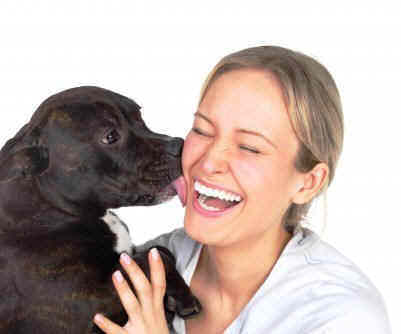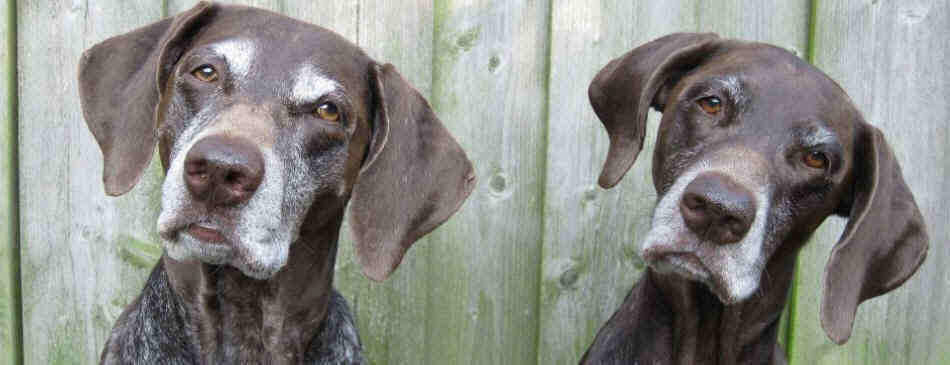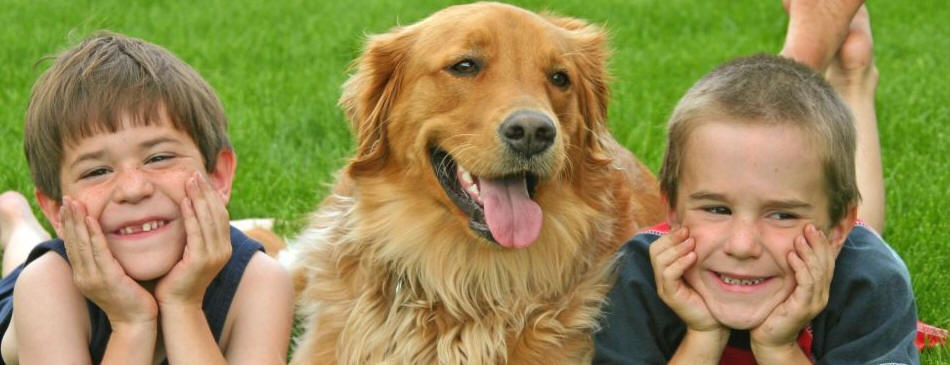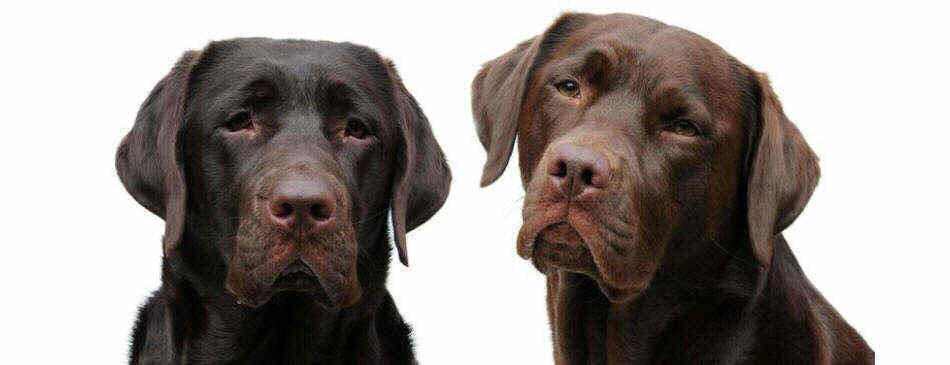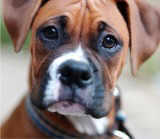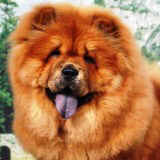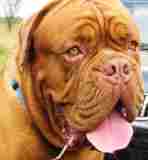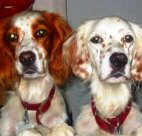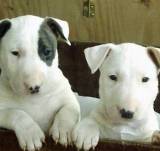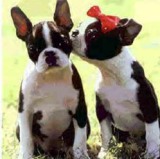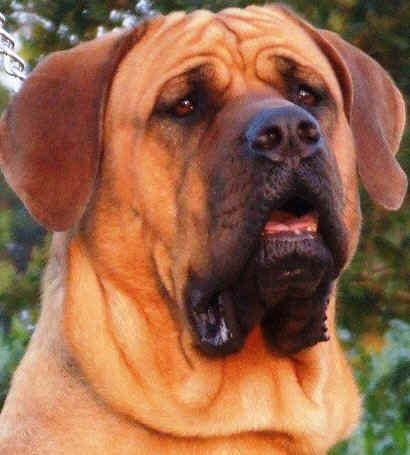|
The Tosa is a breed of dog of Japanese origin that is considered
rare. It was originally bred in Tosa (present day Kochi) as a
fighting dog and still is today. Ownership of Tosas is legally
restricted in certain jurisdictions. In the United Kingdom ownership
is regulated under the Dangerous Dogs Act 1991. A specific exemption
of a British court is required to own and import Tosas legally in
the UK. Brave and majestic, the Tosa Inu came from a land
devoted to the breed's strength and ability to fight to the death
without so much as a whimper. They were only developed after 1854,
when Commodore Perry visited Japan. This visit connected Japan to
the Western World and opened up trade, thus allowing other countries
to experience the Tosa. The Tosa is thought to be a mix of the
indigenous breeds such as the Shikoku and foreign breeds such as the
Great Dane, German
Pointer, Bulldogs and
Mastiffs. This led to the
sumo-wrestler of Japanese dogs, the Tosa Ken. Ceremonial dog
fighting was a big part of the Japanese culture, and thus the Tosa
was an ideal breed for this. They are still used for that very
purpose to this day. They were trained with whips to not whine or
whimper in a fight, even to the death. The dogs would be in a parade
on their route to the dog fighting ring, wearing colorful
traditional dress. As with many breeds, the Tosa was devastated
after World War II. The best of the breed was sent to northern Japan
to be bred. In time, the breed was standardized and revived again.
Today they exist in places other than Japan such as the U.S. and
Germany, but they serve as guards in those countries.
General Appearance
The Tosa, also called the Tosa-Inu or Tosa-Ken, is a stately,
massive dog. It is both athletic and surprisingly agile. The head is
large, with a broad skull, fairly abrupt stop, and a moderately
long, squared-off muzzle. The Tosa's jaws are very powerful. The
skin at the neck forms a dewlap. The ears are fairly small and
pendant, falling along the cheeks. The eyes are small, dark and
almond-shaped, with a dignified expression. The long tail is very
thick at the root then tapers to a point, reaching the hocks. The
Tosa's short-haired coat is dense and harsh. The preferred color is
solid red, though black, yellow, black & tan, fawn, brindle and
multi-colored is also permissible.
Temperament
The Tosa has unmatched loyalty to its master and is very good with
children and people it knows. They are an intelligent breed that
know when there is a threat; are known to attack if there is a
threat, and is very protective of other family pets. Generally
cannot live with another dog unless they have grown up together or
related. The breed favors its "den" (i.e. house, car, and property
in a home situation) and "pack" (i.e. human family in a home
situation) and is very affectionate to its family. It is poised, but
when the occasion demands, eager and alert; both fit and willing to
serve in its capacity as a companion, watchdog, guide dog for people
who are blind, herding dog, fighter, or guardian, whichever the
circumstances may demand. Proper socialization as a puppy is one of
the two key factors which determines what a dog's temperament will
be as an adult. Exceptionally quiet, calm and patient.the Tosa has
been bred to be a very quiet dog because Japanese dog fighting rules
required the dogs to fight silently. They are highly intelligent and
do not need repetitious training, but do require an equable, firm,
consistent, friendly approach. The Tosa is unmatched in
strength and pain tolerance but is as clever as it is strong. Left
alone, young Tosas become bored and destructive -- and their
powerful jaws can literally destroy your living room.
Grooming
Tosa Inus shed more than you might think. Their short, coarse hairs
come off on your hands when you pet them, and stick tenaciously to
your carpeting, upholstery, and clothing. The coat is easy to care
for, only needing a brush every once in a while to remove dead
hairs. This breed does not drool like many other
Mastiff-type
breeds, making maintenance very low.
Health Problems and Life Expectancy
From joint and bone diseases to skin and autoimmune conditions...all
giant breeds are risky in the health department.
Bloat is a common
health issue to most dogs, being the second biggest killer of dogs
other than cancer. Tosa Inus have a life expectancy of 10-12
years.
Activity Level
Young Tosa Inus need enough exercise to keep them lean and healthy,
but not so much that their soft growing bones, joints, and ligaments
become over-stressed and damaged. Adult Tosa Inus need more exercise
to keep them in shape, but not in hot or humid weather for fear of
overheating. The proper amount of exercise can be difficult to
regulate in giant breeds. If given a yard and a place to roam, they
will get all the exercise they need.
|
